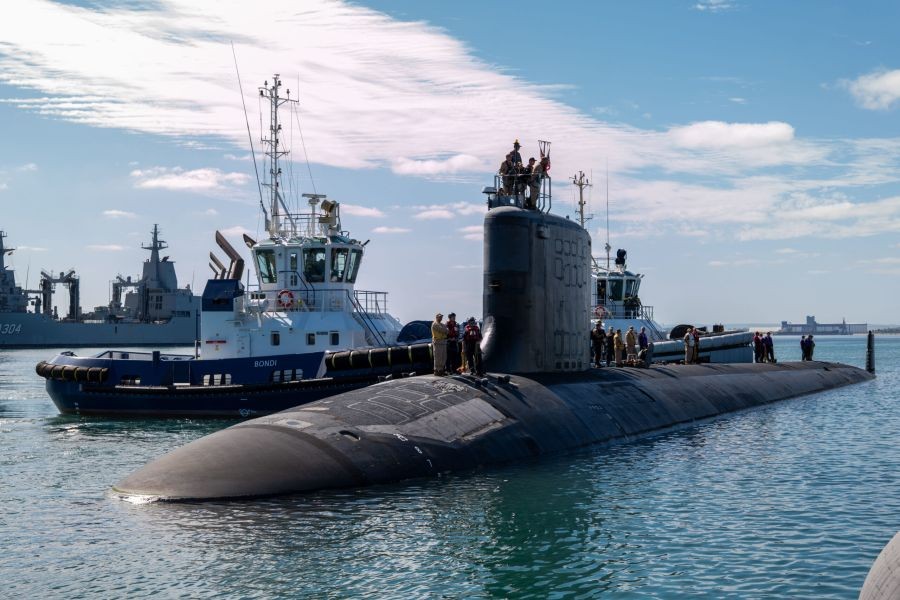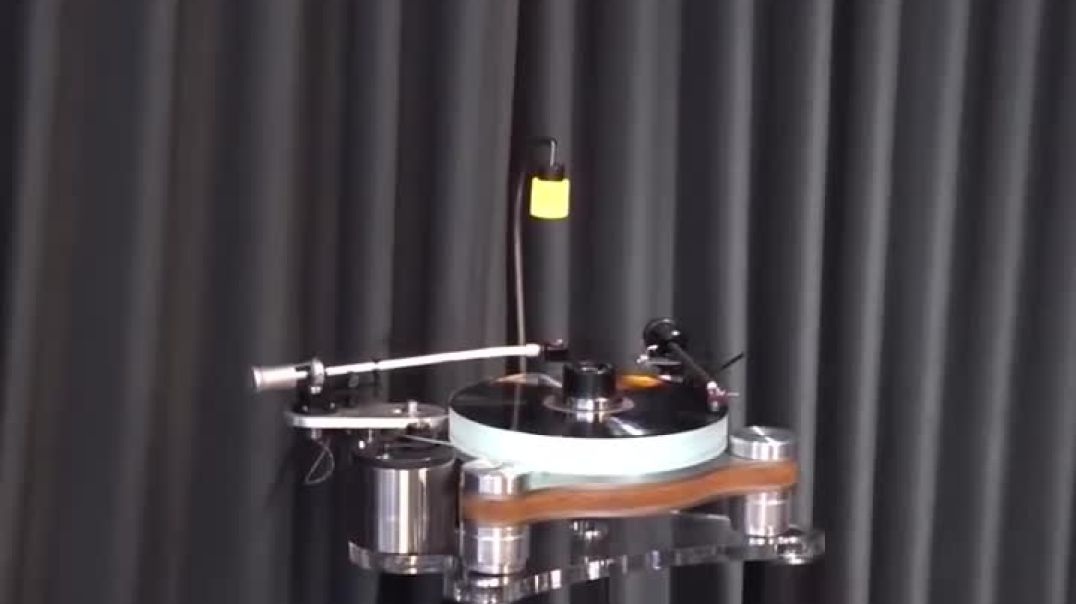The possibility of Australia developing the world’s most advanced submarine fleet by 2040 is not merely a product of speculative fiction. It’s a vision anchored in strategic defense planning and technological innovation. As the geopolitical landscape in the Indo-Pacific region becomes increasingly complex, Australia's investment in submarine capabilities is not just a matter of national defense but a crucial component of regional stability. This article explores the feasibility, challenges, and implications of Australia achieving this ambitious goal.
Australia's Strategic Defense Initiative: A Historical Perspective
Australia's commitment to bolstering its naval capabilities is rooted in its strategic defense initiatives. The Collins-class submarines, which have served since the 1990s, are set to be replaced by a new fleet under the SEA 1000 Future Submarine Program. This long-term initiative aims to develop twelve next-generation submarines with enhanced stealth, range, and endurance capabilities, reflecting Australia's strategic foresight.
According to the Australian Department of Defence, the new fleet will incorporate advanced technologies, including AI-driven systems for enhanced operational efficiency and decision-making. This aligns with global trends, where AI integration in defense systems is expected to improve tactical advantages significantly.
The Economic and Technological Implications
The development of an advanced submarine fleet is not merely a defense project; it represents a significant economic and technological endeavor. The Australian government has pledged to invest AUD 90 billion in the Future Submarine Program, underscoring its economic commitment. This investment is expected to invigorate the local defense industry, create thousands of jobs, and foster technological advancements across related sectors.
Data from the Australian Bureau of Statistics indicates that defense-related industries contribute significantly to the national economy, with an annual growth rate of approximately 5% over the past decade. This growth is expected to accelerate as the submarine program progresses, highlighting its economic importance.
Case Study: The Collins-Class Submarines
The Collins-class submarines serve as a pertinent case study of Australia's defense capabilities and challenges. Initially plagued by technical issues, the program has evolved into a success story of resilience and innovation. Lessons learned from this experience are being applied to the Future Submarine Program, ensuring that past mistakes are not repeated.
According to defense experts, the Collins-class submarines have provided invaluable insights into submarine design, operational capabilities, and maintenance requirements. This knowledge base is instrumental in shaping the new fleet's development, ensuring that Australia remains at the forefront of submarine technology.
Technological Innovations: The Role of AI and Cybersecurity
As Australia pursues the development of an advanced submarine fleet, technological innovation is at the forefront. AI and cybersecurity are critical components of modern submarine capabilities, offering enhanced operational efficiency, threat detection, and decision-making.
AI-driven systems can analyze vast amounts of data in real-time, providing commanders with actionable intelligence. This capability is vital in the complex operating environments of the Indo-Pacific, where rapid decision-making can be the difference between success and failure.
Additionally, cybersecurity is paramount in safeguarding the integrity of submarine operations. As naval systems become increasingly interconnected, the threat of cyberattacks grows. The Australian government is investing in robust cybersecurity measures to protect its naval assets, ensuring that the new fleet remains secure against evolving cyber threats.
Case Study: AI and Cybersecurity in Submarine Operations
The integration of AI and cybersecurity in submarine operations is exemplified by global leaders such as the United States and the United Kingdom. These nations have successfully incorporated AI-driven systems and advanced cybersecurity protocols into their naval fleets, resulting in enhanced operational capabilities.
Australia is poised to follow suit, leveraging lessons learned from these global examples. By adopting similar technologies, Australia can ensure that its submarine fleet remains at the cutting edge of naval warfare, providing a strategic advantage in the Indo-Pacific region.
Challenges and Risks: Navigating the Path Ahead
The development of an advanced submarine fleet is not without its challenges. Technical complexities, budgetary constraints, and geopolitical tensions pose significant risks to the program's success.
From a technical perspective, integrating cutting-edge technologies into submarine design requires extensive research and development. Ensuring the interoperability of these systems is critical to achieving operational success.
Budgetary constraints also pose a challenge, as the AUD 90 billion investment represents a significant financial commitment. Effective financial management and oversight are essential to ensure that the program remains on track and within budget.
Geopolitical tensions in the Indo-Pacific region add another layer of complexity. As Australia seeks to enhance its naval capabilities, it must navigate the delicate balance of power, ensuring that its actions do not escalate regional tensions.
Pros vs. Cons Analysis
Pros:
- Enhanced Defense Capabilities: The advanced submarine fleet will significantly bolster Australia's defense posture.
- Economic Growth: The program is expected to create thousands of jobs and stimulate economic growth.
- Technological Advancements: The integration of AI and cybersecurity will place Australia at the forefront of naval innovation.
Cons:
- Technical and Financial Risks: The complexity and cost of the program pose significant risks.
- Geopolitical Tensions: The expansion of naval capabilities may exacerbate regional tensions.
- Cybersecurity Threats: As systems become more interconnected, the threat of cyberattacks increases.
Myths and Misconceptions
- Myth: "Australia's submarine program is purely a defense initiative." Reality: The program also aims to stimulate economic growth and technological innovation.
- Myth: "Advanced submarines are invulnerable to cyberattacks." Reality: While cybersecurity measures are robust, the threat of cyberattacks remains a significant concern.
- Myth: "The program will escalate regional tensions." Reality: Australia's strategic approach aims to enhance regional stability, not escalate tensions.
Future Trends and Predictions
Looking ahead, the development of Australia's advanced submarine fleet is expected to have far-reaching implications for the nation's defense posture and regional stability. By 2040, Australia aims to have a fleet that is not only technologically advanced but also strategically positioned to address emerging threats.
Experts predict that the integration of AI and cybersecurity will continue to evolve, offering new capabilities and enhancing operational efficiency. Additionally, Australia's commitment to the program is expected to drive further economic growth and technological innovation, solidifying its position as a leader in naval capabilities.
Conclusion
The vision of Australia having the world's most advanced submarine fleet by 2040 is both ambitious and attainable. Through strategic investments, technological innovation, and a commitment to regional stability, Australia is well-positioned to achieve this goal. As the program progresses, it will serve as a testament to Australia's resilience, creativity, and strategic foresight.
What do you think? Share your insights on Australia's submarine program and its implications for the Indo-Pacific region in the comments below!
People Also Ask (FAQ)
- How does the submarine program impact Australia's economy? The program is expected to create thousands of jobs and stimulate economic growth, contributing significantly to the national economy.
- What are the biggest misconceptions about Australia's submarine program? One common myth is that the program is purely a defense initiative, while it also aims to stimulate economic growth and technological innovation.
- What upcoming changes in Australia could affect the submarine program? By 2026, policy updates in defense spending and technological innovation could shift the program's trajectory, making it a strategic focus for national security.
Related Search Queries
- Australia submarine program
- Future Submarine Program Australia
- AI in naval defense
- Australia defense spending
- Advanced submarine technology
- Evolving cybersecurity threats
- Indo-Pacific regional stability
- Collins-class submarine lessons
- Economic impact of defense programs
































sherlynrodd04
8 months ago